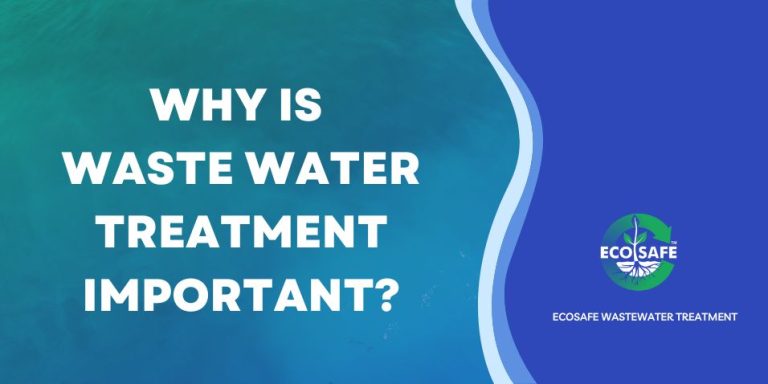Getting The Reclaim Waste To Work
Reclaim Waste Things To Know Before You Get This
Table of ContentsThe Basic Principles Of Reclaim Waste Reclaim Waste Fundamentals Explained7 Easy Facts About Reclaim Waste ExplainedRumored Buzz on Reclaim WasteThe Facts About Reclaim Waste Revealed
Check out the types, incidents, and kinds of liquid waste. Residential sewage waste refers to the waste and items from a domestic septic system. This type of waste is produced by humans in residences, schools, and various other buildings. This only consists of septic systems that have a drainpipe field. The appropriate management and disposal of residential sewer waste call for liquid waste to be transferred to a sewage treatment plant where the correct techniques and tools are applied to detoxify and take care of waste.
Industrial waste usually includes prospective dangers, such as combustible materials or a blend of fluid and strong waste products, and requires an advanced and comprehensive disposal process. The disposal of industrial waste commonly involves the filtration of waste before transport to make certain safe and appropriate disposal. Hazardous waste is developed from results and runoff of commercial processes and production.
This kind of waste can not use the exact same sewage administration transport or procedures as septic or industrial liquids. The hazardous waste administration process needs the assessment and screening of fluid waste prior to it goes through the disposal procedure (liquid waste removal). Overflow waste is the liquid waste that originates from drainage and excess stormwater in extremely inhabited areas or cities
Runoff waste can create contamination and flooding if not managed appropriately. Guaranteeing proper waste monitoring can avoid disasters and lower ecological harm.
The Greatest Guide To Reclaim Waste
Contact PROS Providers today to learn regarding our waste management and disposal services and the correct means to care for the liquid waste you generate.
(https://blogfreely.net/reclaimwaste1/yc311a58b1)This supposed 'wastewater' is not only a crucial resource however, after therapy, will be launched to our land, rivers or the ocean. Made use of water from toilets, showers, bathrooms, cooking area sinks, laundries and commercial procedures is known as wastewater.

water utilized to cool equipment or clean plant and tools). Stormwater, a form of wastewater, is drainage that moves from farming and urban locations such as roofs, parks, gardens, roads, paths and rain gutters into stormwater drains, after rainfall. Stormwater streams unattended straight to regional creeks or rivers, ultimately getting to the ocean.
The 6-Minute Rule for Reclaim Waste
In Queensland, many wastewater is treated at sewage therapy plants. Wastewater is transported from residential or commercial websites with a system of sewers and pump stations, understood as sewerage reticulation, to a sewer therapy plant.
The Department of Natural Resources encourages regional governments about handling, operating and preserving sewerage systems and therapy plants. In unsewered areas, regional governments may require owners to mount private or home sewage treatment systems to treat residential wastewater from toilets, cooking areas, washrooms and laundries. site link The Division of Natural Resources authorises making use of house systems when they are confirmed to be efficient.
Many stormwater gets no treatment. In some brand-new class, treatment of some stormwater to remove clutter, sand and crushed rock has begun making use of gross pollutant catches. Wastewater therapy happens in four stages: Eliminates strong matter. Larger solids, such as plastics and various other items wrongly discharged to drains, are removed when wastewater is travelled through screens.
Uses small living microorganisms knows as micro-organisms to break down and eliminate continuing to be liquified wastes and great particles. Micro-organisms and wastes are incorporated in the sludge.
Top Guidelines Of Reclaim Waste
Nutrient removal is not readily available at all sewer treatment plants since it requires pricey specialist devices. Clear liquid effluent produced after treatment may still contain disease-causing micro-organisms - liquid waste removal melbourne.

This normally implies wastewater needs to be treated or contaminants eliminated before it can be released to waterways. Most wastewater moves right into the sewerage system. Under the Act, city governments provide approvals and permits for eco appropriate tasks (Ages) involving wastewater launches that may have a neighborhood effect. The department carries out approvals and permits to Ages entailing wastewater releases that could have a regional or statewide influence.
The Greatest Guide To Reclaim Waste
Tracking supplies valid details concerning water top quality and can validate that permit problems are being satisfied. The info acquired with tracking supplies the basis for making water quality choices.